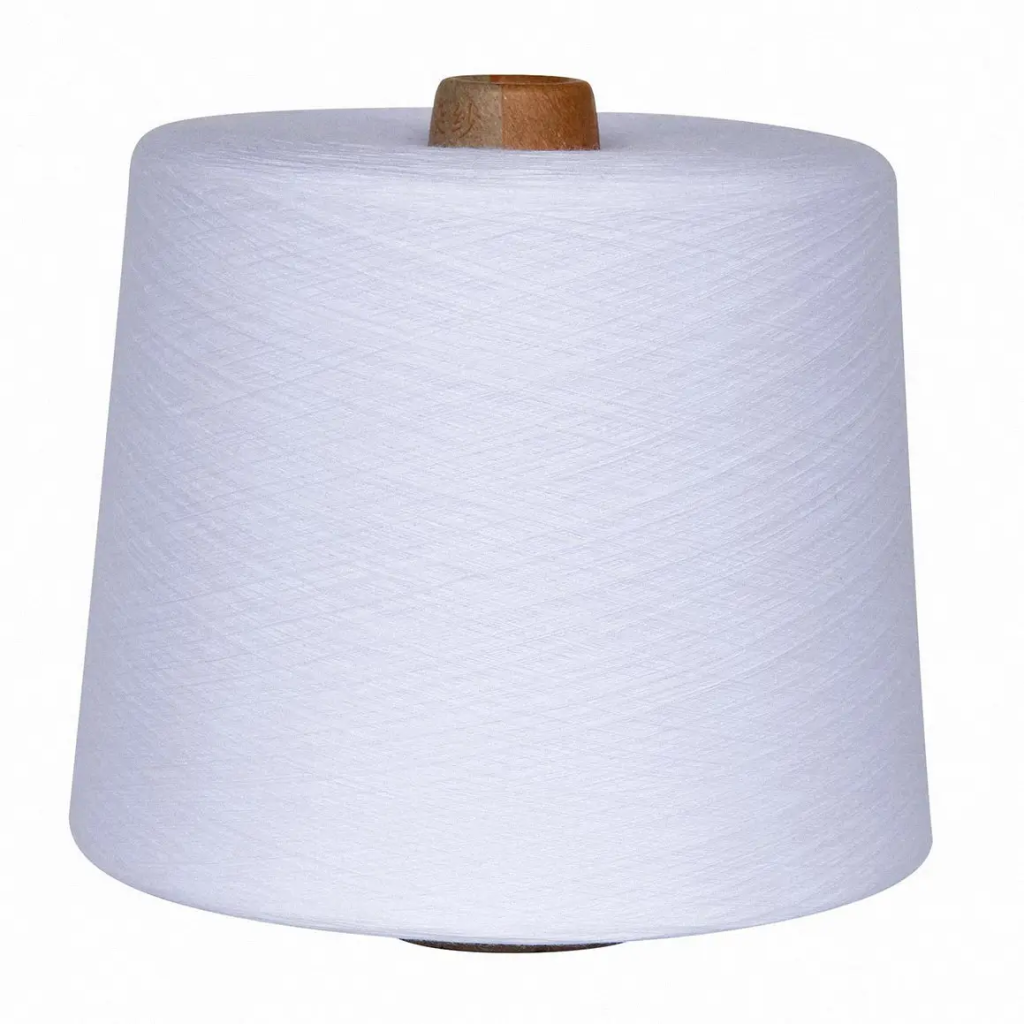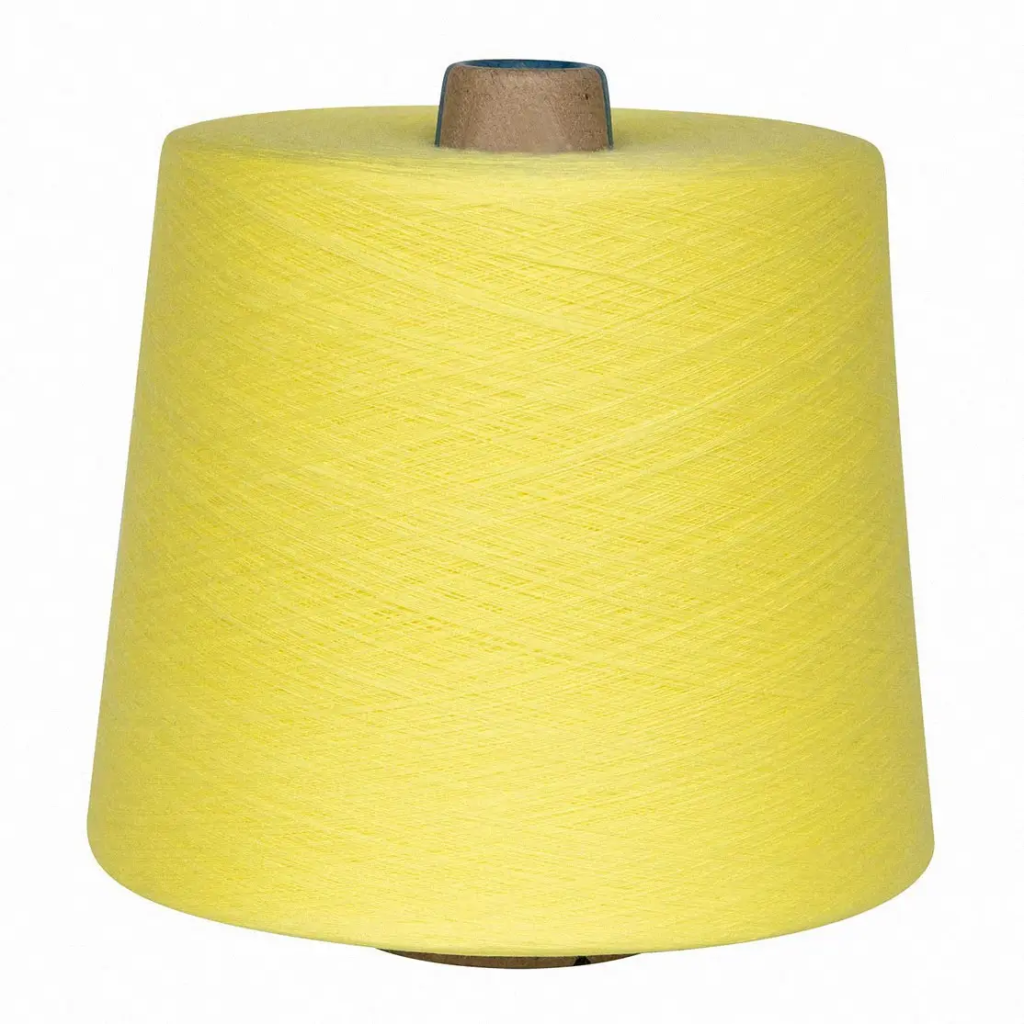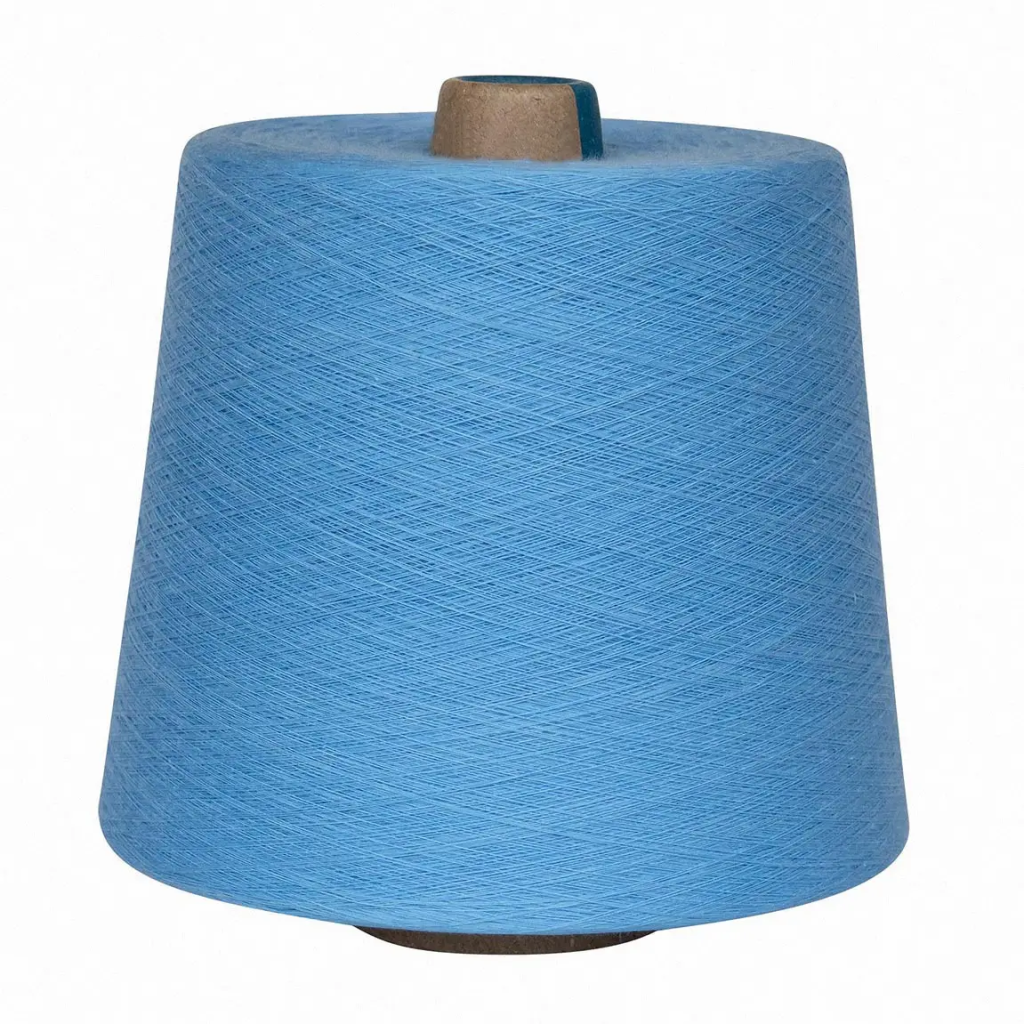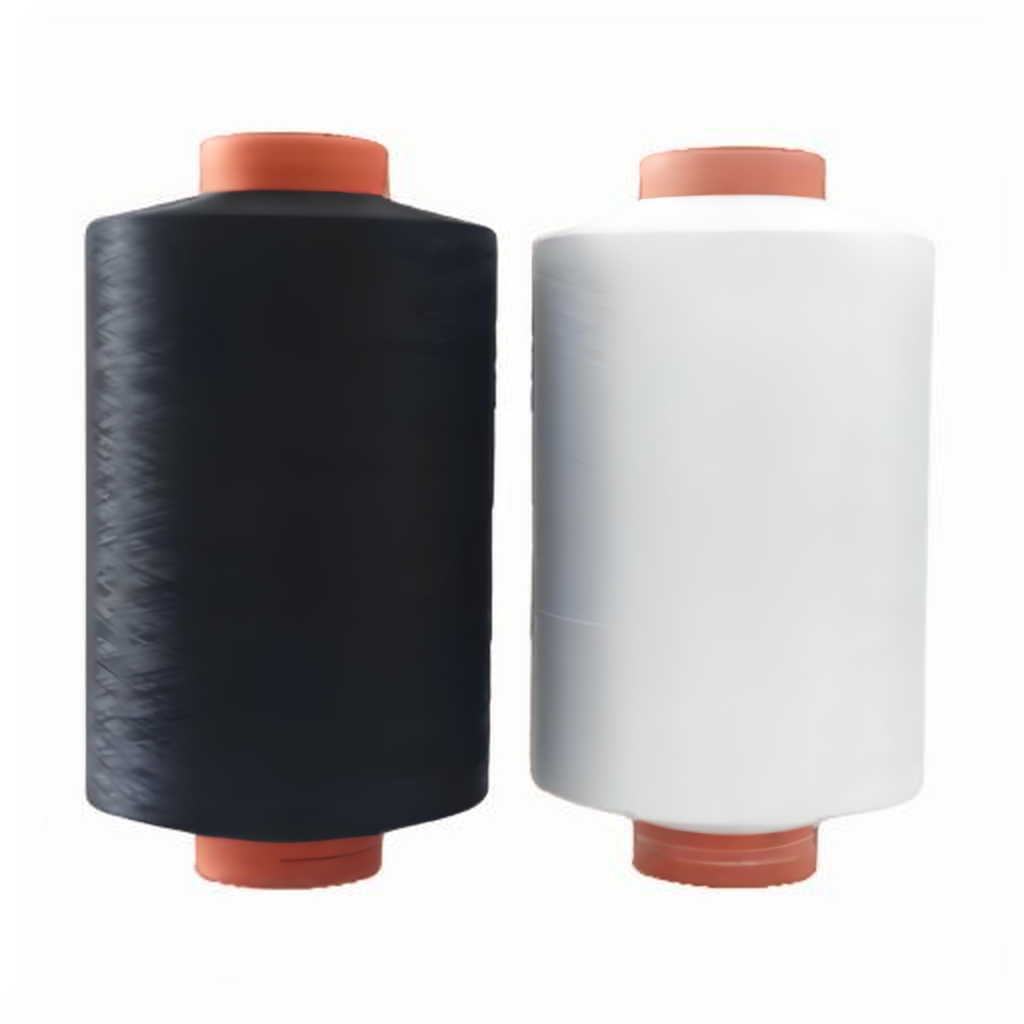Plant-based multifunctional pants has progressively drawn public attention as environmental preservation becomes more and more important and sustainable development gets more and more of focus. Apart from comfort and use, this kind of pants is dedicated to environmental preservation and health. This is not at all like the material use and manufacturing of conventional pants.


 Variations in components
Variations in components
Content of conventional pants
Usually, traditional pants consists mostly of cotton, polyester fibre (polyester), nylon, etc. Popular for its comfort and breathability, cotton pants has environmental effect that cannot be disregarded even if its manufacturing calls for a lot of water resources and pesticides. Although synthetic fibres like nylon and polyester have high flexibility and durability, they are petrochemical products and the manufacturing process releases greenhouse gases, therefore harming the environment.
Plant-based multipurpose underwear’s materials
Mostly using natural fibres from plants, including bamboo fibre, soybean fibre, seaweed fibre, hemp fibre, etc., plant-based multifunctional pants is made Natural antibacterial and breathable qualities of these fibres may help to greatly enhance the wearing experience. For instance, soybean fibre is recognised for its softness and superior moisture absorption; bamboo fibre has great antibacterial and sweating qualities, which may help to stay dry and lessen odour. Plant-based materials’ raw resources are renewable and their manufacture less affects the environment than conventional synthetic fibres.
Variations in manufacturing techniques
The making of conventional pants
Typical stages in the traditional knickers manufacturing process include spinning, weaving, dying and stitching. Particularly in dyeing and finishing, these operations may include a lot of chemicals, which not only have possible repercussions on the environment but also might compromise human health. Furthermore, the manufacturing of conventional synthetic fibres might need a lot of energy consumption and greenhouse gas emission release.
Plant-based multifunctional underwear’s production technique
Plant-based underwear’s manufacturing technique usually is more healthier and ecologically friendly. Many plant-based fibres, for instance, require less chemicals and dyes during manufacturing, therefore lowering environmental pollution. Usually realised in the manufacturing process by mechanical processing and natural dyeing, plant fibres not only minimise the environmental effect but also lower the possible damage to the human body. Furthermore emphasising energy conservation and resource recycling to reach sustainable development is the manufacturing of plant-based fibres.
Comfort and experience with clothes
The ease of classic trousers
The materials used in traditional pants define its comfort level. Usually regarded as rather comfortable because of its softness and breathability, cotton pants may collect moisture and becoming heavy in high humidity conditions, therefore influencing the wearing experience. Synthetic fibre pants may sometimes make the skin unpleasant and airtight even if it has great flexibility and durability.
Comfort of multipurpose pants based on plants
Comfort is usually where plant-based multipurpose pants excels. Natural softness and breathability of plant fibres including bamboo fibre and soybean fibre help to not only efficiently wick away perspiration but also lessen skin irritation. Furthermore, the inherent antibacterial qualities of plant-based fibres assist to keep the pants pleasant and fresh, therefore minimising odour and skin issues brought on by bacterial development. Plant-based knickers feels softer and more pleasant to wear than conventional textiles, many customers discover.
Performance in the environment
Environmental effects of conventional pants
The following reflects the major effects of conventional pants manufacture on the surroundings:
Resource usage: Particularly in the cotton cultivation and synthetic fibre manufacturing stages, the creation of traditional textiles often calls for a lot of water and energy.
Chemical use: The dyeing and finishing operations might impact soil and water sources.
Waste disposal: Because traditional synthetic fibres are difficult to break down, waste disposal issues and environmental damage result.
Plant-based multipurpose underwear’s environmental benefits
Regarding environmental protection, plant-based multifunctional pants provides great benefits:
Resources of renewable nature: Derived from renewable plant resources, plant-based fibres help to reduce reliance on non-renewable petroleum resources.
Low environmental burden: Usually utilising less chemicals and dyes, the manufacturing process of plant-based fibres has a lesser strain on the environment, therefore lowering pollution.
Good biodegradability of many plant-based fibres helps to lessen the long-term effects of waste on the environment.
Diversity and purpose
Traditional underwear’s functionalities
Convenience, breathability, and suppleness define classic underwear’s purposes. Though their general usefulness may be restricted, different fabrics used in knickers may be tailored for certain wearing purposes. For instance, even if cotton pants is pleasant, during high-intensity athletic activity it may not perform as well as synthetic fibres.
Plant-based multipurpose pants: their functionality
Functionally speaking, plant-based multipurpose pants usually provides greater benefits. Apart from great breathability and moisture absorption and sweat capacity, its natural fibres provide natural antibacterial and deodorising qualities. Appropriate for different wearing purposes, many plant-based pants also feature anti-ultraviolet and anti-allergic properties. Furthermore, the design and technology innovation of plant-based knickers keep pushing the enhancement of utility, including more comfort and support, to satisfy the demands of various customers.
Yarn related market trends
Plant-based multipurpose pants is still somewhat new, but its health benefits and environmental protection have progressively raised market popularity. Demand for plant-based knickers is rising as customers give sustainable lives more thought. Acceptance and awareness of plant-based knickers in the market are also progressively growing as many businesses and customers are ready to spend in environmental preservation and their personal health.
Plant-based multifunctional pants, with their focus on sustainability and health, align perfectly with the growing trend of eco-friendly and comfortable clothing, such as the blanket hoodie. Blanket hoodies, known for their oversized and cozy design, are often made from materials like polyester, soft cotton, or wool blends, which provide comfort and warmth. These hoodies not only offer a stylish and comfortable option for cold weather but also contribute to the movement towards more sustainable fashion choices. Like plant-based pants, blanket hoodies are part of a larger shift towards clothing that is both good for the environment and comfortable to wear, making them a popular choice for consumers who value both style and sustainability.
In many respects, plant-based multifunctional knickers is very different from conventional knickers. From ingredients, manufacturing techniques, comfort, environmental performance, affordability to market acceptability, plant-based knickers not only offers clear benefits in environmental conservation and health but also keeps becoming better in comfort and usefulness. Plant-based multifunctional underwear’s market possibilities will become more and more wide as customers pay more attention to environmental protection and sustainable development, thus giving fresh impetus to the growth of the textile sector.

 DTY 100D/144F Polyester Yarn
DTY 100D/144F Polyester Yarn DTY 100D/96F Polyester Yarn
DTY 100D/96F Polyester Yarn DTY 75D/144F SIM Polyester Yarn
DTY 75D/144F SIM Polyester Yarn


 Variations in components
Variations in components